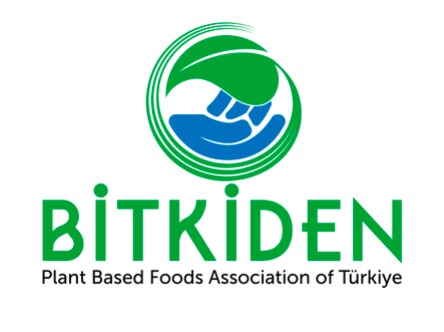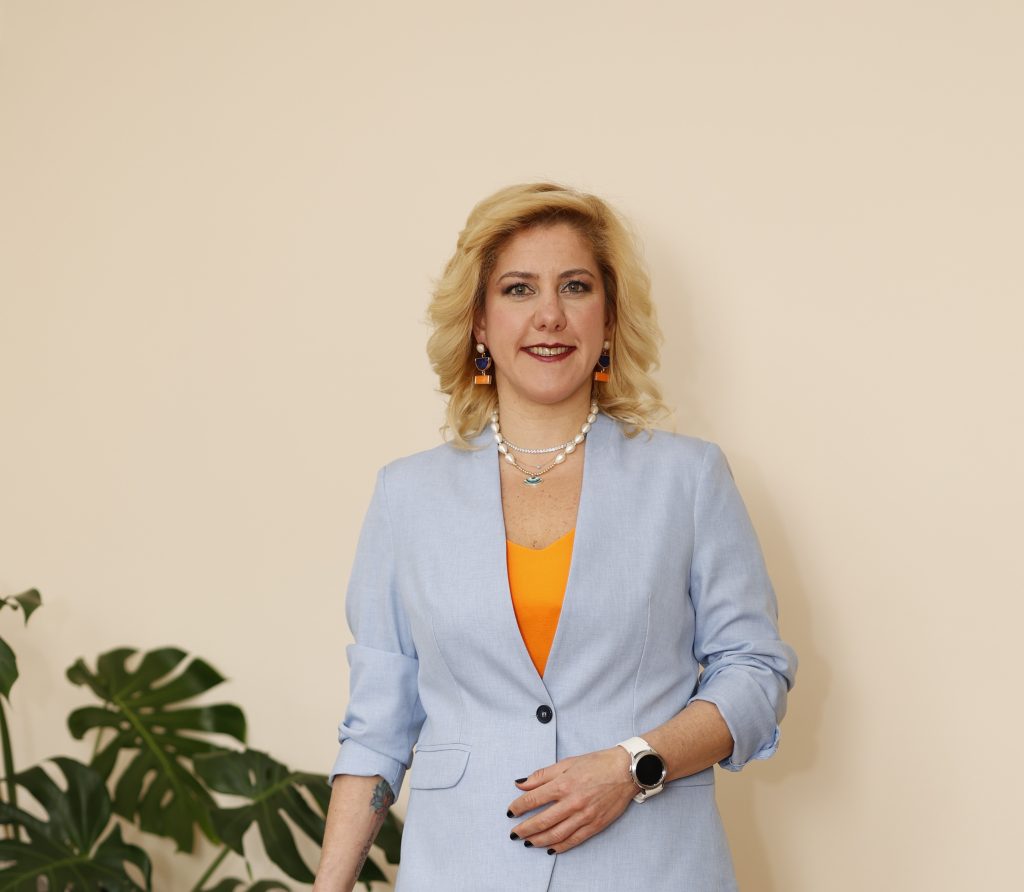As temperatures rise during the summer months, food safety becomes even more important, and frozen foods emerge as a healthy, sustainable, and economical alternative. Commenting on these products, which preserve nutritional value, reduce food waste, and offer practical use, Ebru Akdağ, Chair of the Board of Directors at BİTKİDEN, said, “Frozen foods offer a multifaceted benefit: they protect health with safe storage conditions while reducing food waste, saving water, and enabling economic access.”
As the risk of food spoilage increases with rising temperatures in summer, frozen foods emerge as important alternatives that reduce this risk and contribute to the sustainability of kitchen economics. Transported via the cold chain and stored safely, these products can retain their nutritional value for a long time. By separating only the edible parts of food to preserve their freshness, they become an economical option, while their practical use at home, which reduces water consumption, also contributes to resource savings. Ebru Akdağ, Chair of the Board of Directors at BİTKİDEN, points out that frozen foods play a key role in the spread of healthy, economical, and environmentally friendly eating habits.
“Frozen foods can offer higher nutritional value than fresh foods”
Frozen foods are shock frozen at -40°C shortly after harvest, which both stops microbial activity and preserves nutrients. This process ensures that the vitamin and mineral content of vegetables and fruits is preserved. Akdağ states that the freezing process allows nutrients to be preserved, explaining: “Products labeled as fresh can suffer significant nutrient loss during post-harvest logistics, shelf life in stores, and home storage, and microbial spoilage can render the product inedible. Frozen foods, on the other hand, are pre-cooked within a few hours after harvest to slow down enzyme activity and then frozen within minutes, allowing them to be stored without losing their nutritional value.” The use of IQF (Individual Quick Freezing) technology plays a critical role in preserving this high nutritional value. Large ice crystals formed during home freezing can break down cell walls, causing fruit and vegetables to lose their juice and, consequently, their nutritional value. Unlike conventional freezing methods, IQF-frozen products do not form large ice crystals that damage cell walls, thus preserving cell structure and nutritional value. Additionally, when stored under proper conditions, these products can be kept in their natural state for extended periods and maintain their nutritional value throughout their shelf life. In this respect, frozen foods are not only practical but also stand out as a safe and nutritious alternative in terms of health. At the same time, they provide a practical solution for consumers with limited time.”
“Offers smart solutions instead of high prices”
Emphasizing the significant economic advantages of frozen foods, Ebru Akdağ states: “Frozen foods offer consumers a cost-effective alternative because they contain only the usable parts and have a long shelf life. Consumers only purchase the edible portion, saving time and water spent on preparation processes such as washing, sorting, and chopping. This creates a model that is not only economical but also saves time and effort. In this way, it simplifies life, streamlines the kitchen, and offers a budget-friendly approach.”
“They’re waiting for you in their most nutritious form, even out of season.”
Highlighting the importance of daily fruit and vegetable consumption and the intake of a variety of nutrients, Akdağ said, “Frozen fruits and vegetables are harvested when they are at their peak ripeness and therefore at their highest nutritional value, then quickly frozen to preserve their nutritional value and freshness for a long time. This allows consumers to access a variety of vegetables and fruits year-round, even outside their season. By offering a sustainable supply chain from field to table, it eliminates seasonal constraints and supports planned and balanced nutrition.”

